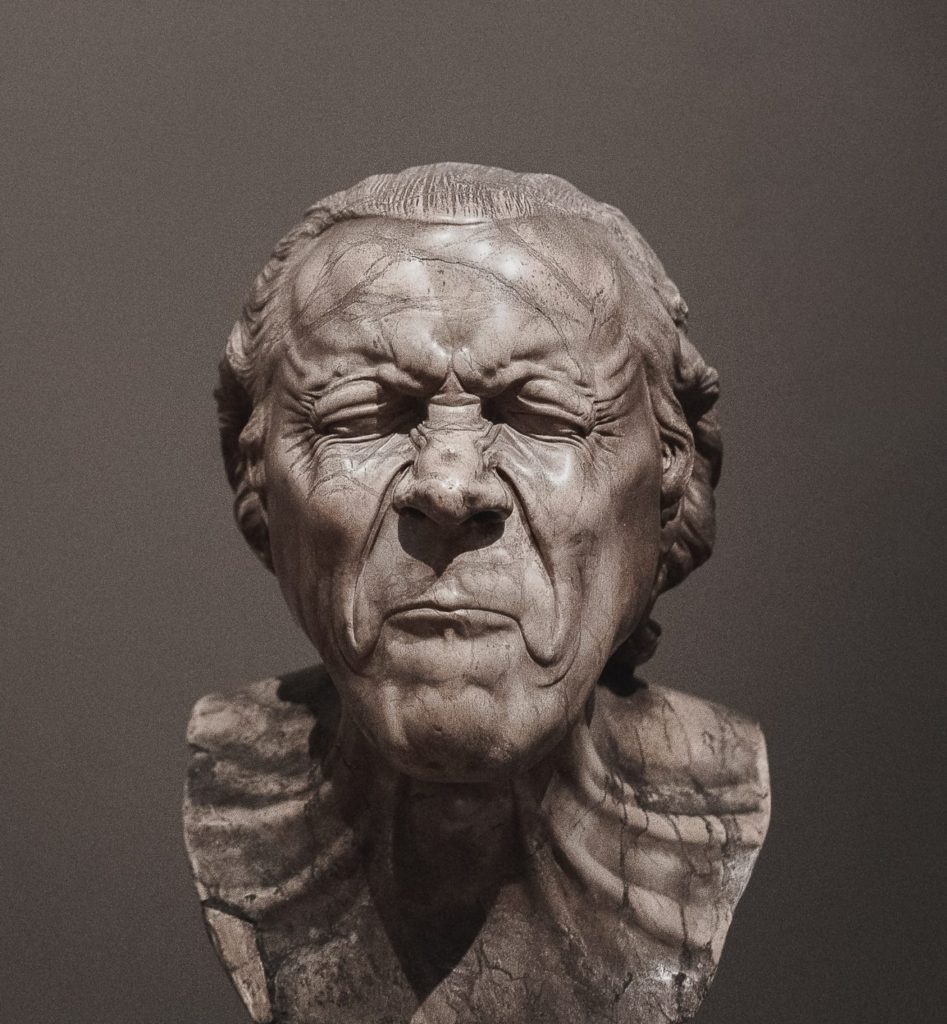4 reactions to music

What’s the best reaction you can have to music? Can you decide which 1 of the 4 below you look for when you listen for pleasure? Can you decide which of the 4 is best for therapeutic music listening? We’ve determined that there are 4 basic reactions to any kind of music:
REACTION 1
During the music: You feel moderate to extreme movement either positive or negative.
After the music stops: Reaction continues for more than 1 hour
REACTION 2
During the music: You feel moderate to extreme movement either positive or negative.
After the music stops: Reaction stops within an hour
REACTION 3
During the music: Even, calm movement is experienced.
After the music stops: Reaction continues for more than 1 hour
REACTION 4
During the music: Nothing is felt.
After the music stops: Nothing is felt or any of the ‘After the music stops’ symptoms are present from Reactions 1-3.
So, what’s your pick for enjoyment listening? If you answered R1, you are correct- but with a positive reaction, of course. Most of us choose music that we like because we want to feel great while listening and we hope it will continue for as long as possible after we stop.
And for therapeutic music such as ours? We actually are looking for 2 reactions here- R2 or R3, or R2 moving to R3. R2 means that the music is touching blockages and helping them release, but not too much or too quickly. You can comfortably integrate the movement. Over time you will move to R3 which indicates that any blockages or tensions in your body/field touched by the therapeutic music has softened.
LISTENING STRATEGY FOR INNER SOUND THERAPEUTIC MUSIC
REACTION 2 and 3 give the most integrated movement from the music. If R1 or 4 are experienced, listen for shorter, less frequent periods until you experience R2 or R3. R1 and 4 are an indication of unconscious defenses against change and actually signal that the music is touching the blockages. However, the movement is happening more quickly than you can assimilate without discomfort of some kind.
R2 and 3 indicate that the music is moving the tensions neither too fast nor too slow, allowing you the time needed to assimilate and absorb the movement. This strategy for working with the music is developed in greater detail in our Therapeutic Music Practitioner Training.